|
Field Observations
This field trip was to the Camaret area in the western
part of the Crozon peninsula, Brittany, France. We examined the
Early Ordovician age Armorican Sandstone formation, which forms
the base of the Paleozoic section at this locality. The outcrops
observed were approximately 450 meters thick and can be divided
into three members (Picture 1).
The Lower member is made of fine- to coarse-grained, white to tan
sandstones and medium- to coarse-grained tan to grey quartzites
and very thick to massive beds that are tabular over 100’s
of meters. Some beds are heavily bioturbated (picture 2). The Middle
member is composed of the Gador Schist, which is made of alternating
medium to very thin beds of slate and fine- to medium-grained sandstones
or medium-grained quartzites similar to the Lower member. The Upper
part is made of medium to thin beds sandstones and quartzites similar
to the Lower part. Some of the beds of this member contain either
mud-draped ripple cross-laminated sandstones (picture 2) or tangential
cross-lamination overlain by symmetrical ripple cross-lamination
(Picture 2).
The strike of the beds changes from 221o to 194o dipping towards
the SE at angles from 59° to 86°. We also observed meso-scale
folding/faulting in the Lower and Middle members (Picture 3).
Interpretations
According to the grain size and observed inorganic and organic primary
sedimentary structures, the depositional environment was shallow
water with episodic unidirectional to oscillatory flow alternating
with periods of still water (picture 2). The combination of these
types of flow conditions is indicative of either tidal flat or near
shore depositional environments.
The structure we observed indicate overall compressional tectonics.
This is consistent with what we observed in the higher parts of
the section. These structures may be the result of Hercynian aged
deformation.
Speculations
It is likely that, during the Early Ordovician, this
depositional system was located on the northern edge of the Armorican
micro-plate facing towards the Armorican Ocean.
_________________________________

Picture
3. Example of meso-scale folding and faulting in the Lower
(left) and Middle (right) members of the Armorican Formation at
Crozon. Unaltered photo (A) and trace of fault (B) showing tectonic
transport was towards the southeast. Bunker for scale.
|
A 
B 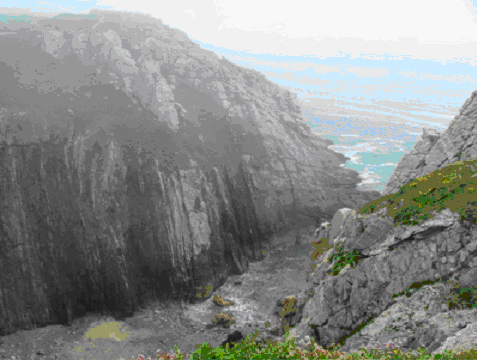
Picture
1. Complete section of the Early Ordovician age Armorican
Formation as exposed at Pen Hir Peninsula, Brittany, France. From
left to right, the medium to thickly bedded sandstones and quartzites
of the Upper Armorican overlying the thinly bedded Middle Armorican
Gador Schist (A). From left to right, the Gador Schist conformably
overlying the thick- to massively-bedded sandstones and quartzites
of the Lower Armorican Fm (B).
A 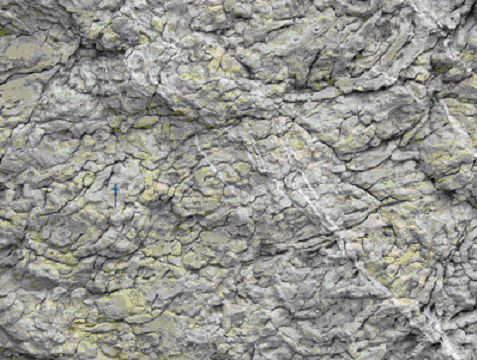 . .
B 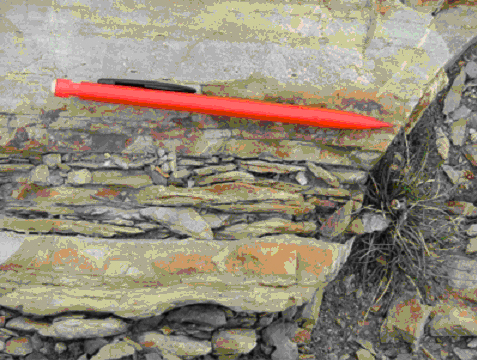
C 
Picture
2. Stratigraphic up and paleoenvironmental indicators of
the Early Ordovician age Armorican Fm. Casts of horizontal burrows
in sandstone of the lower Armorican Fm. indicate that stratigraphic
up is to the south, into the plane of the photo. Arrow is ~2 cm
long (A). Mud-draped unidirectional current ripples (B) tangential
cross laminations topped by symmetrical ripple cross laminations
(C) in the upper Armorican Fm are another indication the stratigraphic
up is to the south.
|
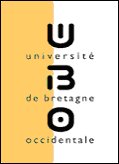


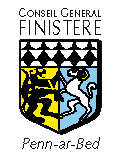
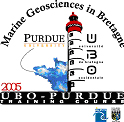



 .
.
